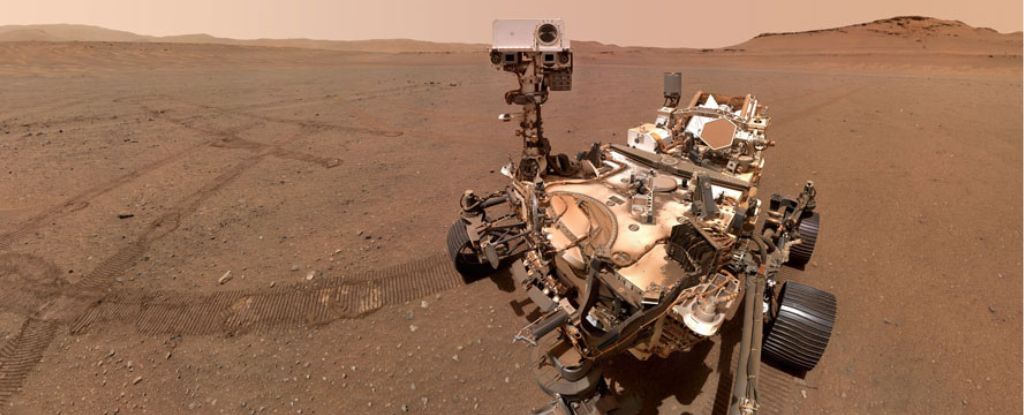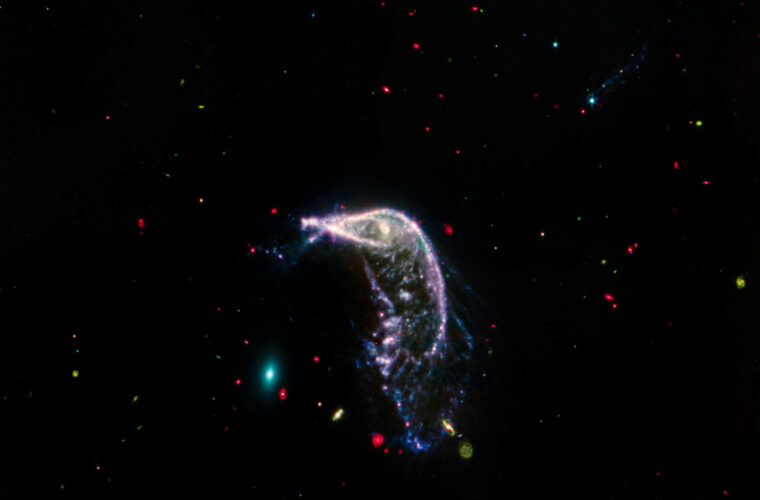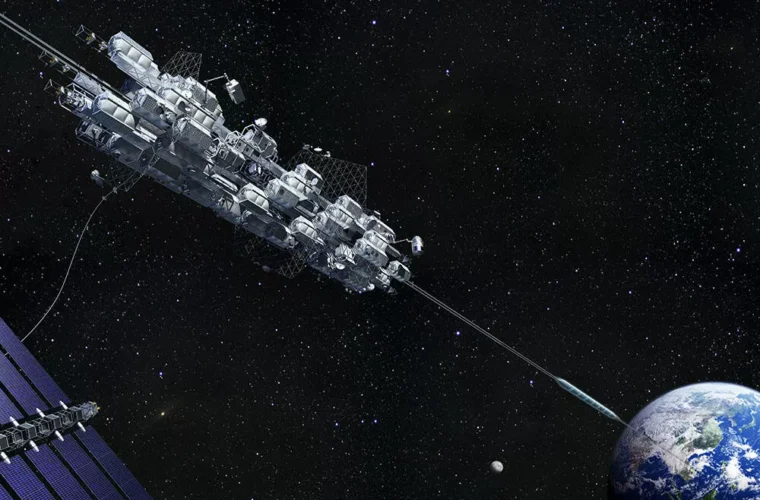NASA’s Perseverance rover has made a significant discovery on Mars: It indicates that the planet’s Jezero crater was once filled with water.
This finding raises the exciting possibility that the rover may have uncovered evidence of fossilized life on Mars. Perseverance, accompanied by its now-retired helicopter Ingenuity, landed on the crater in February 2021. Using ground-penetrating radar, the rover revealed layers of sediment that once formed part of a lake and later transformed into a vast delta. With Perseverance collecting geological samples from the crater, there’s optimism that upon their return to Earth, researchers may discover traces of ancient life on the now barren Martian surface. The research findings were published on January 26 in the journal Science Advances.
Life on Mars: scientists more optimistic than ever
Lead study author David Paige, a professor of planetary science at UCLA, highlighted the challenge of interpreting Martian surface deposits from orbit. “From orbit we can see a bunch of different deposits, but we can’t tell for sure if what we’re seeing is their original state, or if we’re seeing the conclusion of a long geological story,” he explained. “To tell how these things formed, we need to see below the surface.”
NASA’s Perseverance rover plays a crucial role in the agency’s Mars 2020 mission, which comes with a hefty price tag of $2.7 billion. Since its arrival on Mars, the rover, accompanied by the older Curiosity rover, has been diligently exploring the 30-mile (48 kilometers) Jezero crater, scouring for signs of ancient life on the Martian surface. It has collected numerous rock samples for future analysis back on Earth.
For three years, the Ingenuity helicopter joined the rover, which recently completed its 72nd and final flight over the Martian terrain in January.
Perseverance mission
The Perseverance rover, about the size of a car, boasts seven scientific instruments, including the Radar Imager for Mars’ Subsurface Experiment (RIMFAX). Utilizing this advanced technology, the rover meticulously fired radar signals into the ground every 4 inches (10 centimetres) during its extensive journey. This process resulted in the creation of a detailed map, revealing pulses reflected from depths of approximately 66 feet (20 meters) beneath the surface of Mars’ crater.
The radar map unveiled the presence of sediments, long suspected but never conclusively confirmed by previous studies, indicating that the crater was once submerged beneath the waters of a massive lake. Similar to the processes observed in drying lakes on Earth, these sediments were transported by a river that formed a substantial delta. Over time, they were deposited and subjected to weathering by two distinct phases of erosion.

David Paige emphasized the significance of these findings, noting, “The changes we see preserved in the rock record are driven by large-scale changes in the Martian environment.” He further highlighted the remarkable ability to discern evidence of change within a relatively small geographic area, allowing for broader implications across the entire crater. Given the critical role of water in sustaining life on Earth, the presence of water on Mars presents a compelling clue that the planet may have once harboured life or perhaps still does.
Life on Mars remains elusive
Despite extensive exploration efforts, evidence of life on Mars remains elusive.
To retrieve the valuable cargo collected by Perseverance, the rover will patiently await the arrival of the European Space Agency’s (ESA) Sample Retrieval Lander. This specialized spacecraft is equipped with a small rocket, which the rover will use to load its rock and soil samples before launching them back into orbit.
Once in space, the rocket containing the samples will be retrieved by ESA’s Earth-return orbiter (ERO) for a return journey to our planet. Originally slated for launch in 2026, the ERO’s schedule has been postponed to 2028, delaying the sample’s arrival on Earth until at least 2033.



